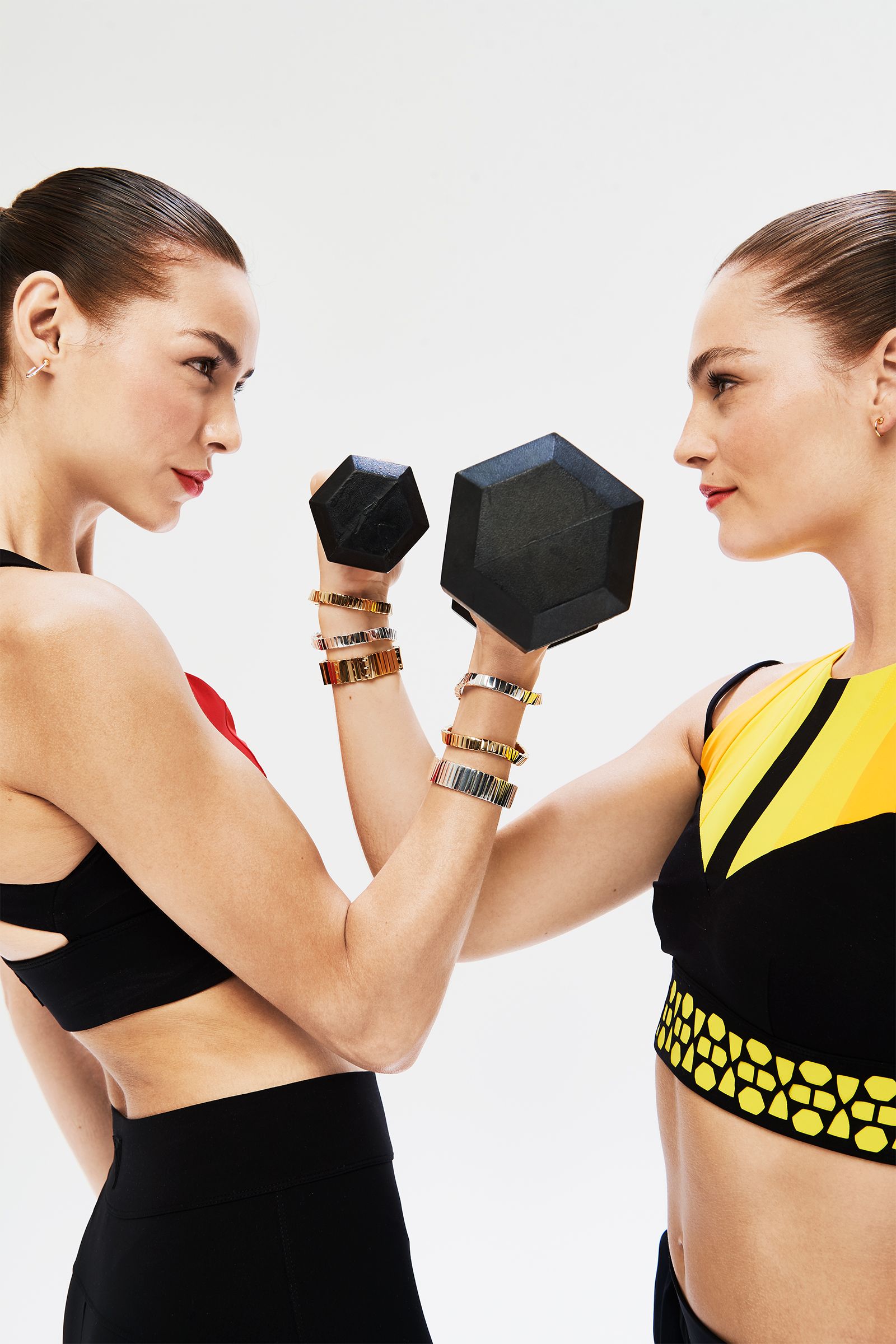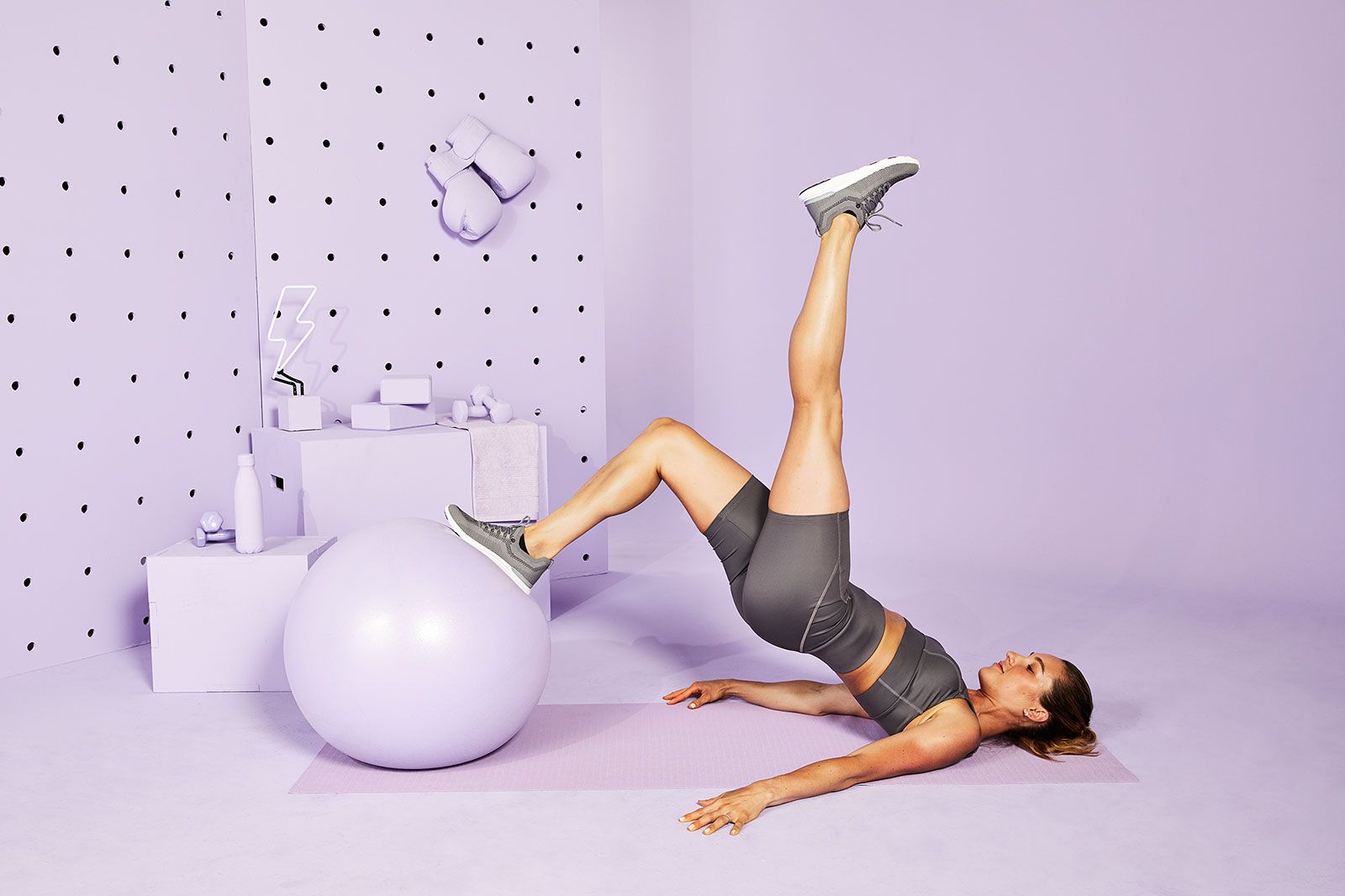By far, the number one fitness question women ask me as a certified personal trainer has to be: If I want to tone up without getting bulky, I need to lift lighter weights, right?
Wrong.
When I tell them heavy resistance training—like squats and deadlifts, with a load that’s 80 to 90 percent of your max capacity effort—is actually the best way to get muscle definition, the response is almost always: “Isn’t that just for guys?”

The simple answer is no. There are no “sex-specific” moves—all exercises do the same things for everyone. This is why women don’t need to work out differently than men when it comes to building strength. To be clear, that’s not just my expert opinion. It’s science.
Muslces Aren’t Male Or Female
Physiologically speaking, all muscles look and function the same way—no matter whose body they happen to be in—and because of this, the National Strength and Conditioning Association says that “there is no sensible reason why resistance training programs for women need to be different from those of men.”
Still, the main fear I hear from women in regard to heavy resistance training is that it will lead to them somehow looking like the Hulk, which is simply not true.
I don’t know who introduced the term “bulky,” but I want it banned.
The fact of the matter is that any type of strength training builds muscle, whether it’s with body weight, light, moderate, or heavy weights. That’s a good thing, though.
Honestly, a lot of the clients I work with have weight loss or weight management as one of their fitness goals…which is why I tell them to start lifting heavy because that’s how you get more lean muscle mass and increase your metabolic rate. The result of both those things is that you have less body fat and burn more calories throughout the day.
But Here’s Where I DO Think Gender Does Play a Role in Workouts
While it’s easy for me to say that science is science, which would make fitness one-size-fits all, it’s not that simple. You have to take into account the fact that men and women function very differently from a hormonal standpoint, which can greatly impact performance, energy levels, and the ease of body composition changes.
The idea behind workout programming being the same for men and women is that I’m using the same main lifts (squat, deadlift, lunges) for both, and I’m loading them with challenging weights relative to the individual. You can’t necessarily target where fat loss comes from, but you can target muscle groups and the frequency you train them.
With my female clients, for example, I focus on areas of the body they want to concentrate on like their butts by creating glute-building workouts using functional movements.

Regardless of gender, I am the biggest advocate of having all of my clients on the same progressive training because, with this protocol, I have seen bodies change, muscles pop, and overall strength increase. But the biggest and most important change of all, is the level of confidence they gain and begin to carry into all other aspects of their lives.
Source: Read Full Article
